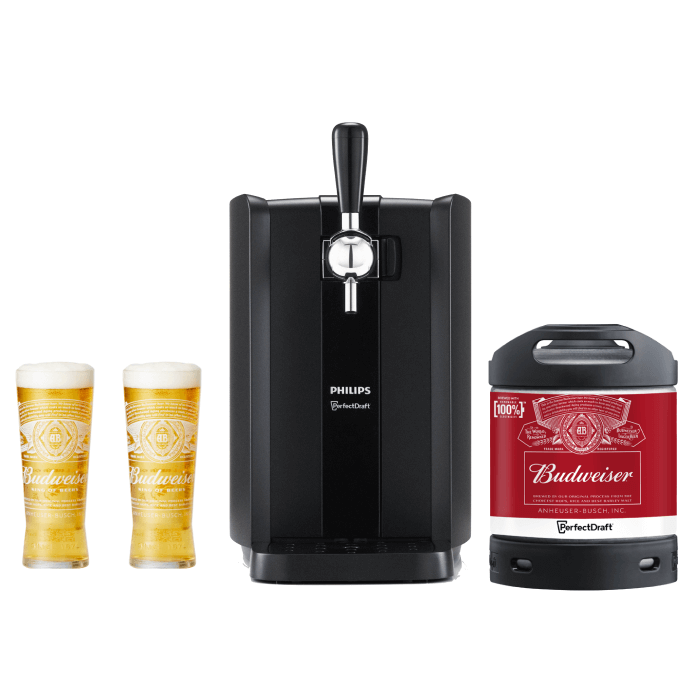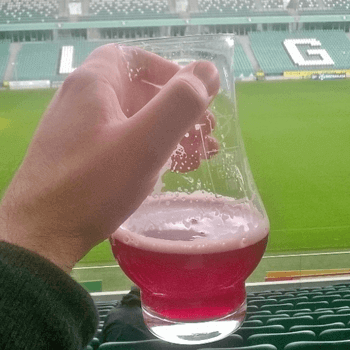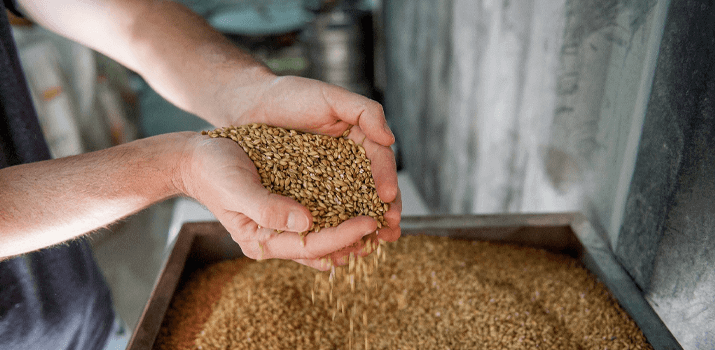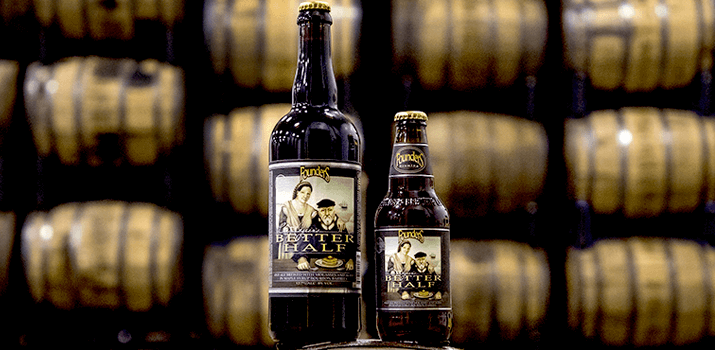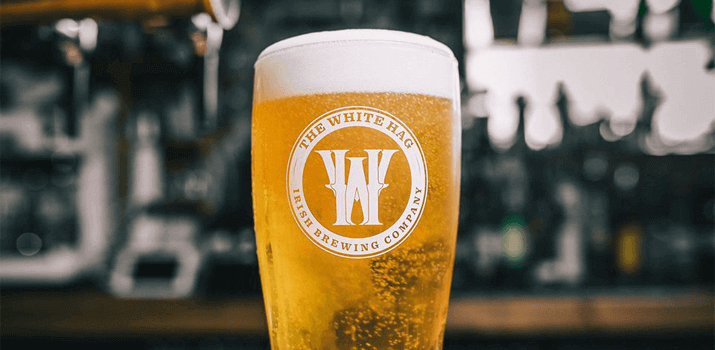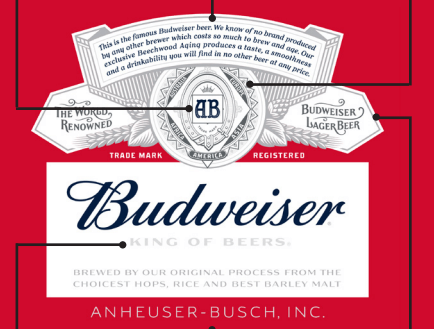
Iconic. It’s an overused word, but not when it relates to the most famous beer in the world. The Budweiser label is, indisputably, iconic. Taken as a whole, it’s the perfect balance of colour, typography, heritage and craft. Look at the scrolls and it is at once evocative – this is a beer with a long history – and modern. But have you ever really examined it? Here’s a closer look.
A long heritage
In 1860, Eberhard Anheuser bought the Bavarian Brewery, and in 1864, Eberhard’s son-in-law, Adolphus Busch, joined the business. The two set about building what would become Anheuser-Busch.
Quality ingredients
In 1876, Anheuser-Busch developed a lighter, thirstquenching lager using local signature ingredients, including polished rice and beechwood chips (for ageing), and called it Budweiser. The scrolls and frames are modelled after 19th-century certificates and documents and based on the original labels.
Global appeal
Budweiser is sold globally, as shown by the continent names around the AB logo. Today, the beer is brewed in 63 breweries around the world.
King of beers
In 1901, the company broke the one-million barrel mark in beer sales for the first time, making it one of the leading breweries in the US. Between 1940 and 1980, Anheuser-Busch expanded from a single brewery in St. Louis to twelve breweries nationwide and reached the 50-million barrel mark.

Sustainable future
Since January 2021, every single can, bottle and keg of Budweiser has been brewed using 100 per cent renewable electricity. This includes a wind turbine directly connected to the brewery (and PerfectDraft kegging plant) in Magor, Wales. It also has solar panel farms in Nottinghamshire and West Yorkshire.
A true lager
Before Budweiser was introduced, many Americans were drinking heavy, dark ales. But St. Louis summers were hot, perfect for a palatable, crisp lager. The first label read: ‘Budweiser Lager Bier’.
Bud beer is back with Bud Light on tap from PerfectDraft !
Also discover our Summer Guide and Talking shop (tales from the community)


